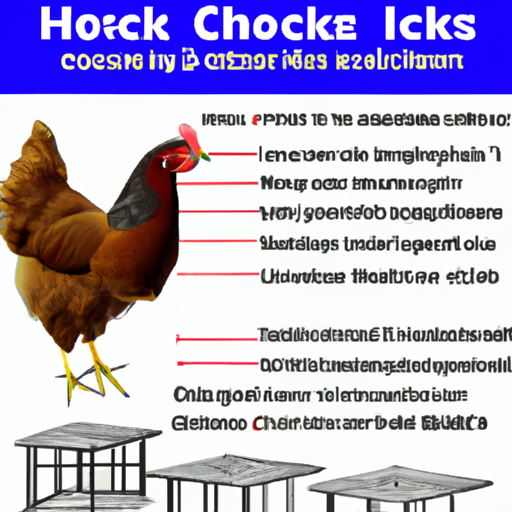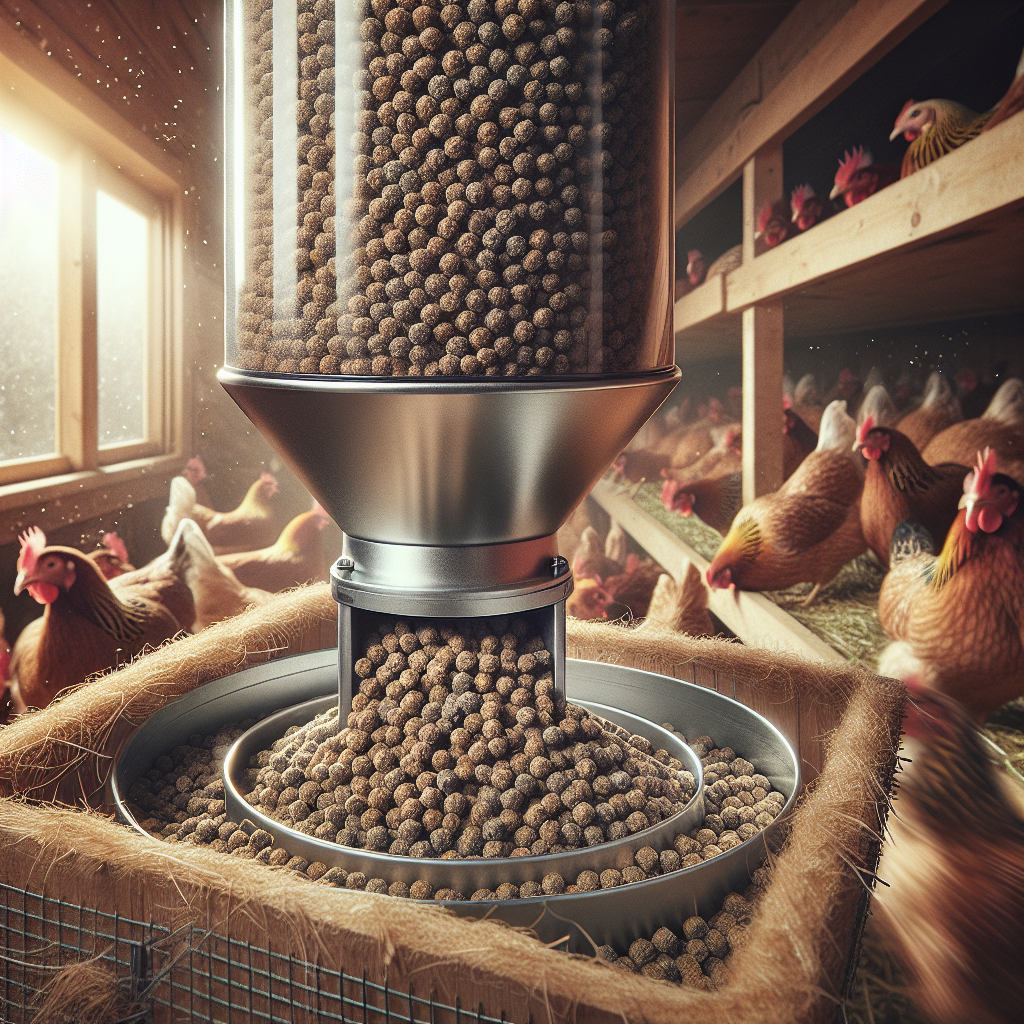If you’ve found yourself pondering over the best coop design for your flock, then you’ve come to the right place! Selecting the right coop can make all the difference in providing a comfortable and safe home for your chickens. But with so many options to choose from, it can quickly become overwhelming. Don’t fret though, because in this article, we’ll guide you through the process of selecting the best coop design based on the number of chickens you have. So, let’s roll up our sleeves and find the perfect coop for your feathered friends!
Factors to Consider
When it comes to choosing the best coop design for your specific number of chickens, there are several important factors that need to be taken into consideration. These factors include the number of chickens you have, the available space you have for the coop, the climate in your area, the need for predator protection, the ease of cleaning the coop, the ventilation, the roosting space, the nesting boxes, the accessibility, and the aesthetics. By carefully considering these factors, you can ensure that you select a coop design that meets the needs of both you and your chickens.
Number of Chickens
Before choosing a coop design, it is important to determine the number of chickens you have. This will dictate the size and layout of the coop, as each chicken requires a certain amount of space. It is generally recommended to provide at least 4 square feet of indoor space per chicken, and at least 8-10 square feet of outdoor space. Additionally, if you plan on expanding your flock in the future, it is important to account for potential growth when selecting a coop design.
Available Space
The available space you have for the coop will greatly influence the design you choose. The size, shape, and orientation of your available space will determine the overall layout of the coop. It is important to select a design that maximizes the use of the available space while still providing adequate room for your chickens to move around comfortably. Additionally, consider any zoning regulations or restrictions in your area that may dictate the size or placement of your coop.
Climate
The climate in your area is an important factor to consider when choosing a coop design. Chickens are sensitive to extreme temperatures and humidity, so it is important to provide a coop that can protect them from these elements. Consider the average temperature and humidity levels in your area throughout the year, and select a coop design that provides insulation and ventilation to maintain a comfortable environment for your chickens. This may include features such as windows, vents, or even a built-in cooling or heating system.
Predator Protection
Predators pose a significant threat to chickens, so it is essential to choose a coop design that offers adequate protection. Identify the types of predators that are common in your area and consider their behaviors and abilities to access the coop. Some common predators include raccoons, foxes, coyotes, and birds of prey. Implement security measures such as sturdy fencing, secure locks, and even a buried wire mesh to prevent predators from digging under the coop. Additionally, consider elevated roosts or nest boxes to provide extra protection from ground-dwelling predators.
Ease of Cleaning
Maintaining a clean and sanitary coop is crucial for the health and well-being of your chickens. When selecting a coop design, consider features that make cleaning easier. This may include choosing a design with a removable floor or tray that can be easily emptied and cleaned. Additionally, ensure that the coop has good drainage to prevent the build-up of moisture and bacteria. Accessible doors and windows can also make cleaning easier, allowing for better ventilation and natural light during the cleaning process.
Ventilation
Proper ventilation in the coop is essential for ensuring good air quality and reducing the risk of respiratory issues for your chickens. A well-ventilated coop will help regulate temperature and humidity levels, preventing the build-up of condensation and moisture that can lead to mold, mildew, and bacterial growth. Consider a coop design that provides adequate airflow, such as windows and vents that can be opened or closed depending on the weather conditions. Natural ventilation is preferred, but if needed, additional ventilation systems, such as fans or exhaust vents, can also be considered.
Roosting Space
Chickens require a comfortable and safe space to roost at night. When selecting a coop design, consider the design of the roosting area. Opt for designs that provide adequate space for each chicken to roost comfortably and safely. The height and length of the roosting area should accommodate the size and number of chickens you have. Providing a variety of perch heights can also help prevent dominant chickens from monopolizing the higher perches. Additionally, ensure that the roosting area is well-protected from potential predators, such as installing adequate barriers or using secure roofing materials.
Nesting Boxes
Nesting boxes are essential for providing a suitable space for chickens to lay their eggs. When choosing a coop design, consider the number, size, and location of the nesting boxes. Generally, one nesting box is recommended for every 4-5 chickens. Each nesting box should be adequately sized to accommodate a chicken comfortably. A standard size is around 12×12 inches. The location of the nesting boxes should be easily accessible to both you and your chickens, while also providing privacy for the hens when they are laying eggs. Placing the nesting boxes off the ground and using materials such as straw or shavings can enhance the comfort and cleanliness of the nesting area.
Accessibility
Accessibility is another important factor to consider when choosing a coop design. A design that allows easy access for you to feed, water, and collect eggs is essential for efficient management of your flock. Consider coop designs that feature doors or panels that open easily, providing full access to all areas of the coop. Additionally, consider designs that have removable features, such as removable roosting bars or removable nest boxes, that make cleaning and maintenance tasks easier and more convenient.
Aesthetics
While aesthetics may not be the most critical factor, it is still important to consider the overall appearance of the coop. Aesthetics can vary greatly depending on personal preference and the surrounding environment. Consider the materials used in the coop’s construction and how they blend with the surrounding landscape. Choose colors that are pleasing to the eye and complement your home or property. A well-designed and visually appealing coop can enhance the overall experience of keeping chickens and create a more enjoyable space for you and your feathered friends.
In conclusion, selecting the best coop design for your specific number of chickens involves careful consideration of various factors. By considering the number of chickens, available space, climate, predator protection, ease of cleaning, ventilation, roosting space, nesting boxes, accessibility, and aesthetics, you can choose a coop design that not only meets the needs of your chickens but also provides a practical, comfortable, and attractive environment for both you and your flock.




